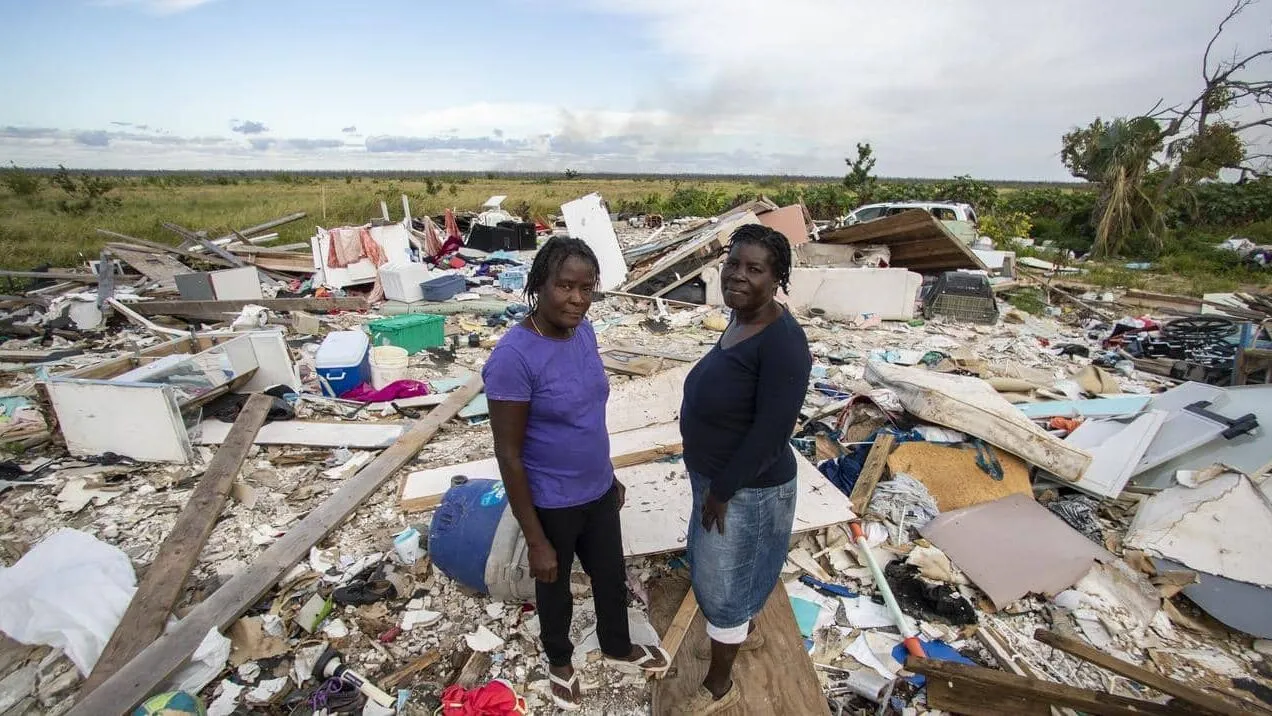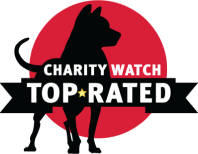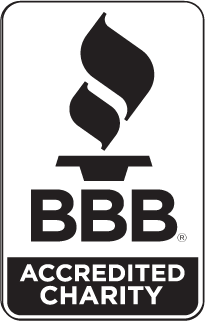Q&A: How Do You Prepare When Hurricane Season Never Ends?
As the 2021 hurricane season begins, communities around the world are still grappling with the long-term damage of previous disasters. Our team members in Bahamas and Honduras share what that looks like and their greatest concerns for the months ahead.

June is the start of hurricane season, but for many communities around the world, it’s just another month to deal with the wake of seasons past.
On Abaco in the Bahamas, it still looks like Hurricane Dorian hit just last week. Many families are still housed in temporary shelters two years after the storm, and children only recently returned to school — until the pandemic brought everything to a halt.
In Honduras, residents continue to rebuild from last season’s Hurricanes Eta and Iota, a struggle compounded by a lack of clean water and the spread of COVID-19.
As recovery continues, these crises remind us how climate change has become one of the greatest threats to human health.
Read on to learn more from Marco Antonio Suazo, a Project HOPE team member in Honduras, and Cora Nally, Project HOPE team lead in the Bahamas, about the long-lasting effects of disaster, how COVID-19 has extended the road to recovery, and what Project HOPE is doing to prepare for the season ahead.
How are communities in Honduras and the Bahamas still recovering from previous storm seasons?
Marco Antonio Suazo: The progress of the reconstruction in Honduras after Hurricanes Eta and Iota is very slow. Many of the communities continue without basic services like drinking water, electricity, or sewage disposal. The flood prevention systems on the riversides (called bordos) have mostly not been rebuilt, and there are still families living in shelters or on the edges of streets and boulevards.
Cora Nally: Communities in Abaco continue to rebuild and there is still ample evidence of the devastation left by Hurricane Dorian everywhere. On some parts of the island, it looks like the hurricane passed through just last week, even though it has been over 20 months.
Which communities or groups of people have been impacted most?
Marco Antonio Suazo: The hardest-hit communities are the ones belonging to the area known as Valle de Sula, which is the agro-industrial part of the country, as well as the departments of Santa Barbara, Atlántida, Yoro, and Gracias a Dios. The most affected populations were children and the elderly, although in general the entire population of the country was affected.
Cora Nally: In Abaco, 85% of the buildings were damaged or destroyed in Hurricane Dorian, so every person living there has been impacted. As with all disasters, those with the fewest resources have been more severely impacted. INGOs and the Bahamian government are working to provide safe housing models for Abaco residents, but there are countless issues related to cost and access to quality rebuilding materials that are compounded by living on an island.
What are some of the long-lasting effects of these storms that people may not realize?
Marco Antonio Suazo: The long-lasting effects on people’s health include being exposed to poor hygienic conditions, the loss of health facilities and educational facilities, the loss of purchasing power, poor mental health, increased violence, and crime.
Cora Nally: Children in Abaco have only recently returned to in-person schooling after an absence of nearly two years. This time away from school will have lifelong impacts on these children, and educators in Abaco are very concerned and working very hard to bridge the enormous learning gap and bring children back up to grade level. The schools recently had to close again due to the pandemic and new outbreaks of COVID-19 connected to schools across the Bahamas. Remote learning is not an option for most residents in Abaco, as internet access and electricity are intermittent and many children do not own a tablet or computer to participate in remote learning.
There has also been an uptake in heart attacks and other early deaths caused by noncommunicable diseases for residents who survived the hurricane, so the lifelong impacts of that stress and trauma will continue to manifest in people’s physical health for years to come.
How has COVID-19 extended the road to recovery?
Marco Antonio Suazo: COVID-19 cases increased in Honduras as a result of overcrowding in shelters, a lack of personal protective equipment, and lack of vaccinations. Projected investment for COVID-19 will decrease, leading to less money that can be used for reconstruction efforts. COVID-19 prevention guidelines have also limited the number of workers and other groups who can aid in recovery. In general, the impact on the global economy has limited financial resources and led to a decrease in projects and interventions.
Cora Nally: When the world began to shut down in March 2020, all of the recovery work in Abaco came to a halt and the INGOs that had come immediately after the hurricane to help with the response left. Most did not return, so the recovery continues, relying heavily on the resourcefulness and temerity of the residents who were so severely impacted by the hurricane.
Project HOPE did return in October 2020 and established a Community Health Worker program in collaboration with the Ministry of Health in the Bahamas. The program has provided handwashing stations and reusable masks to all the schools in Abaco to help them reopen safely during the pandemic. Project HOPE has also distributed 7,500 reusable masks to residents across Abaco.
The community health workers visit all the schools to demonstrate proper handwashing and educate students and staff about COVID-19 prevention. They also share information about nutrition and mental health, and address the issue of gender-based violence that has been an unfortunate comorbidity to the global COVID-19 pandemic.
This is the only program of its kind in the country, and Project HOPE continues to advocate with the ministry of health to expand the community health worker program to other vulnerable populations and islands in the Bahamas.

How does climate change pose a threat to the communities where you live?
Marco Antonio Suazo: Since there is little infrastructure, and the existing infrastructure is not adequate, the rains and droughts generated by climate change cause a more vulnerable population to be exposed to diseases and natural disasters that ultimately lead to an increase in injury, illness, and death. Most countries in extreme poverty are the ones most affected by climate change and pandemics. Maintaining Project HOPE’s presence in these countries will serve to prevent high morbidity and mortality.
Cora Nally: The Bahamas islands are made of coral reefs, emerging just above the surface of the surrounding ocean. The capital island, New Providence, reaches just 37 meters at its highest point. Hurricane Dorian generated storm surges that washed over the land, in some cases completely passing from one side of a cay to the other, flooding entire communities. These sea level surges are expected to get worse in the coming decades, as more severe storms accompany rising sea levels worldwide. Eighty percent of the land in the Bahamas is either below sea level, or rises barely 1 meter above.
What are your greatest concerns about the upcoming hurricane season? What would happen if another storm equal to Dorian, Eta or Iota hit this year?
Marco Antonio Suazo: The country is not prepared for possible floods — the whole system would collapse. A storm equal to Eta and Iota would result in thousands of deaths, an increase of diseases, and the loss of the productive, educational, and health systems which are currently in very bad conditions.
Cora Nally: In Abaco and the surrounding cays, the removal of debris from Hurricane Dorian has been very slow. There are large debris piles that tower over surrounding houses, all around greater Abaco and the cays. It will only take one storm to turn all of that debris into deadly flying projectiles, threatening lives as well as the rebuilding efforts in these areas. There is also a housing shortage in Abaco, leaving many people still living in temporary shelters. These families will be particularly exposed if a hurricane passes through Abaco again.
What is Project HOPE doing to prepare?
Marco Antonio Suazo: Project HOPE has started a volunteer identification process and trained emergency response personnel. Emergency response has also been included in our five-year strategic plan.
Cora Nally: Project HOPE is working with the ministry of health and other NGOs in Abaco to ensure that emergency supplies are strategically placed around Abaco and the surrounding cays, allowing early and easy access to them in case of another devastating hurricane.
Through our community health worker program, Project HOPE is also ensuring that communities have the knowledge and capacity to care for themselves immediately after a disaster. The community health workers are sharing information about preparedness and building resiliency around mental health. They are also focusing on strengthening health systems to be more resilient and rebound more quickly should another hurricane hit the island and cays.







